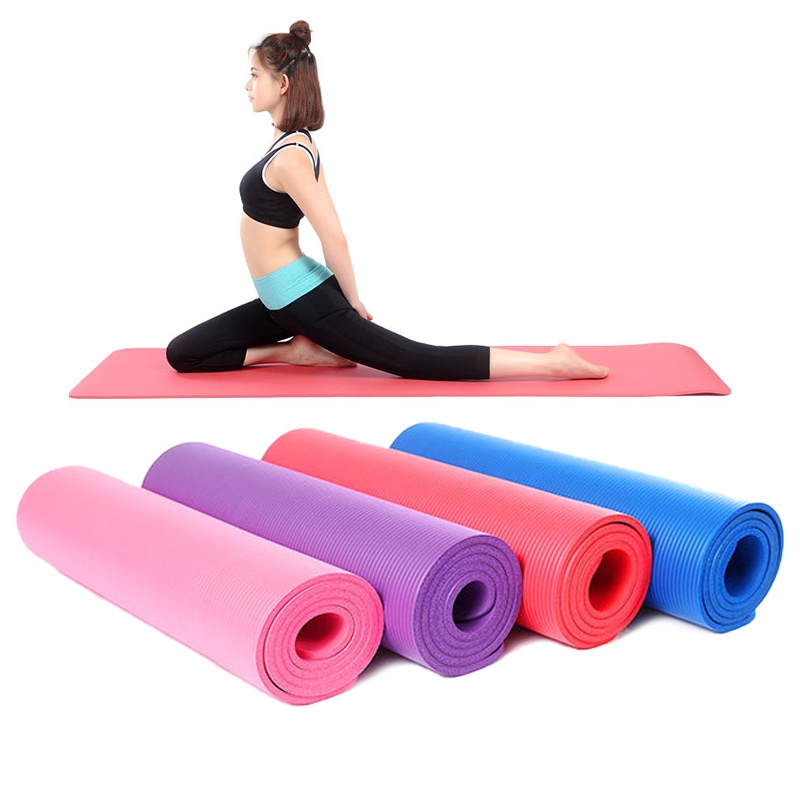How to make yoga mat sticky? Yoga is a popular form of exercise that promotes physical, mental, and emotional well-being. A sticky yoga mat is essential for maintaining balance and stability during asanas or yoga poses. Over time, yoga mats can lose their stickiness due to wear and tear, dirt, sweat, and other factors. Fortunately, there are several ways to restore your yoga mat’s stickiness and ensure a safe and enjoyable practice.
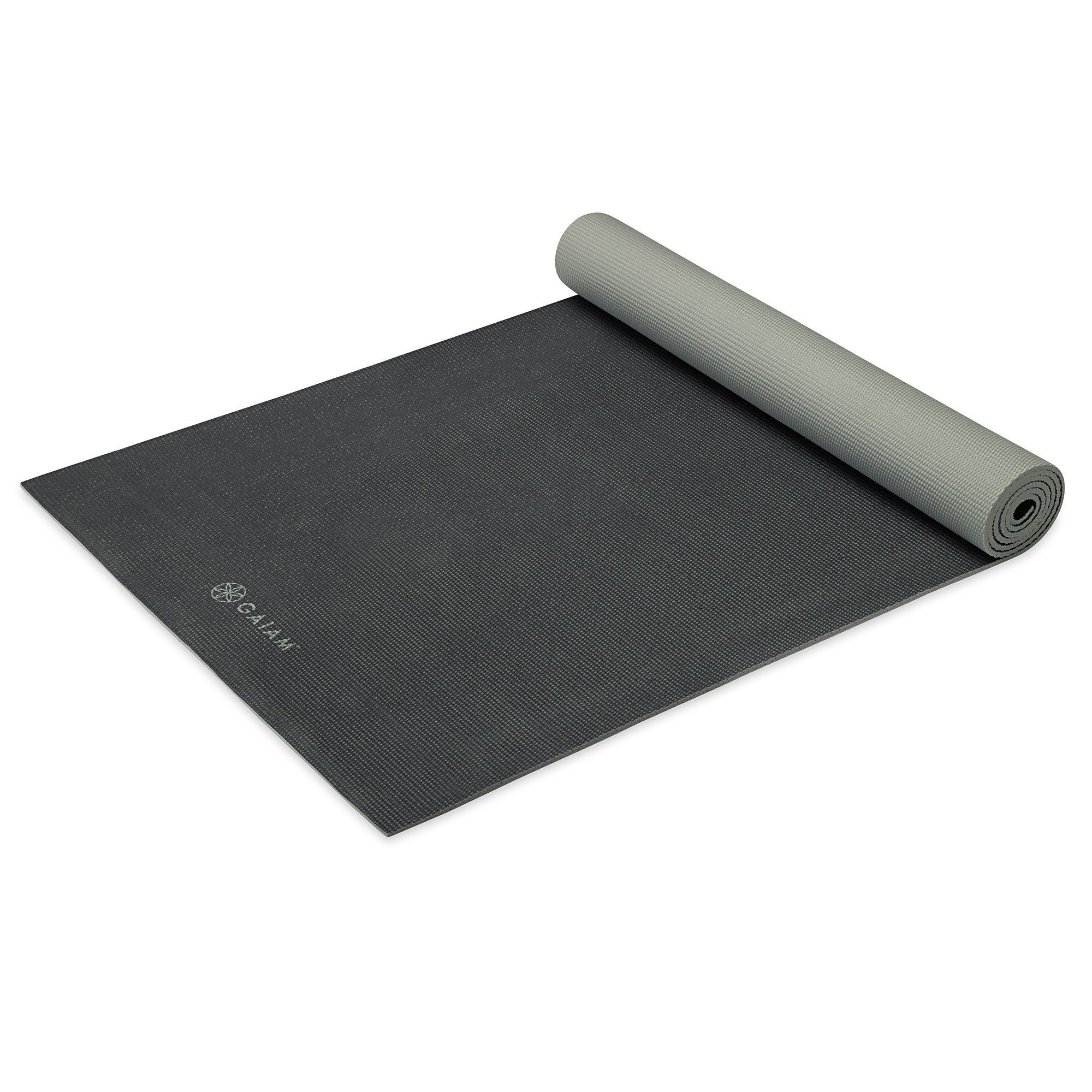
Cleaning Your Yoga Mat
One of the main reasons why yoga mats lose their stickiness is the build-up of dirt and sweat. Regularly cleaning your mat is essential for maintaining its grip. Here’s a simple method for cleaning your yoga mat:
- Step 1: Create a cleaning solution by mixing water with a few drops of mild detergent or a gentle yoga mat cleaner.
- Step 2: Use a sponge or a soft cloth to apply the cleaning solution to the surface of the mat.
- Step 3: Gently scrub the mat to remove dirt, sweat, and other residues.
- Step 4: Rinse the mat thoroughly with clean water to remove the soapy residue.
- Step 5: Lay the mat flat to air dry, preferably in a well-ventilated area.
Using a yoga mat cleaner designed specifically for yoga mats can help preserve the stickiness and extend the life of your mat. It’s important to avoid harsh chemicals or abrasive cleaners, as they can damage the material and reduce the grip of the mat.
Creating Traction with a Towel or Yoga Rug
If your yoga mat tends to become slippery during your practice, especially when you sweat, using a towel or yoga rug can provide additional traction. You can place a non-slip yoga towel on top of your mat to absorb sweat and improve grip. Alternatively, a yoga rug made from natural fibers such as cotton or jute can be placed underneath the mat to prevent it from sliding on the floor.
Preventing Slipping with Grip Enhancers
There are various grip enhancers available in the market that can be applied to the surface of your yoga mat to improve its stickiness. These enhancers typically come in the form of sprays, powders, or grip wax. They work by creating a thin, tacky layer on the surface of the mat, which enhances traction and grip during yoga practice.
When using a grip enhancer, it’s important to follow the manufacturer’s instructions carefully to ensure proper application. It’s also advisable to test the product on a small area of the mat first to ensure compatibility and avoid any potential damage.
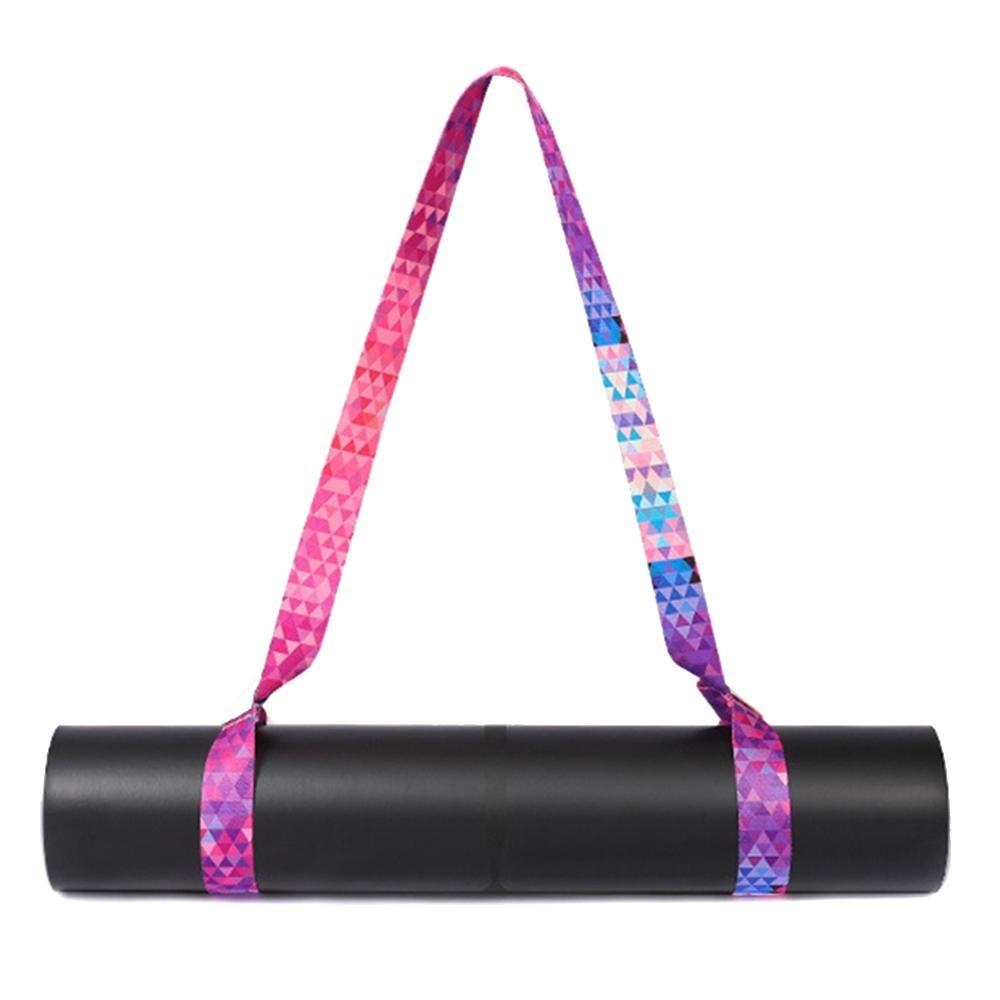
Breaking in a New Yoga Mat
If you have recently purchased a new yoga mat, it may take some time for the surface to reach its optimal stickiness. Breaking in a new mat can help improve its grip and make it more suitable for your practice.
To break in a new yoga mat, you can try the following method:
- Step 1: Unroll the mat and lay it flat on the floor.
- Step 2: Using a damp cloth, wipe down the entire surface of the mat to remove any manufacturing residues.
- Step 3: After wiping, let the mat air dry completely before using it for the first time.
- Step 4: To expedite the breaking-in process, you can also lightly sprinkle the mat with a small amount of sea salt before wiping it down with a damp cloth. The salt can help create a slight abrasive texture, thus improving the grip of the mat.
Regular Practice
Lastly, regular use of your yoga mat can also contribute to its stickiness. The natural oils from your skin and the friction from your practice can help break in the mat and enhance its grip over time. By incorporating yoga into your routine, you will not only benefit from the physical and mental aspects of the practice but also help maintain the stickiness of your mat.
How to use the yoga mat
Yoga has become increasingly popular in recent years, and with very good reason. It offers numerous physical, mental, and spiritual benefits to those who practice it. One essential tool for practicing yoga is the yoga mat. A yoga mat provides a stable and comfortable surface for practitioners to perform their asanas, or yoga poses.
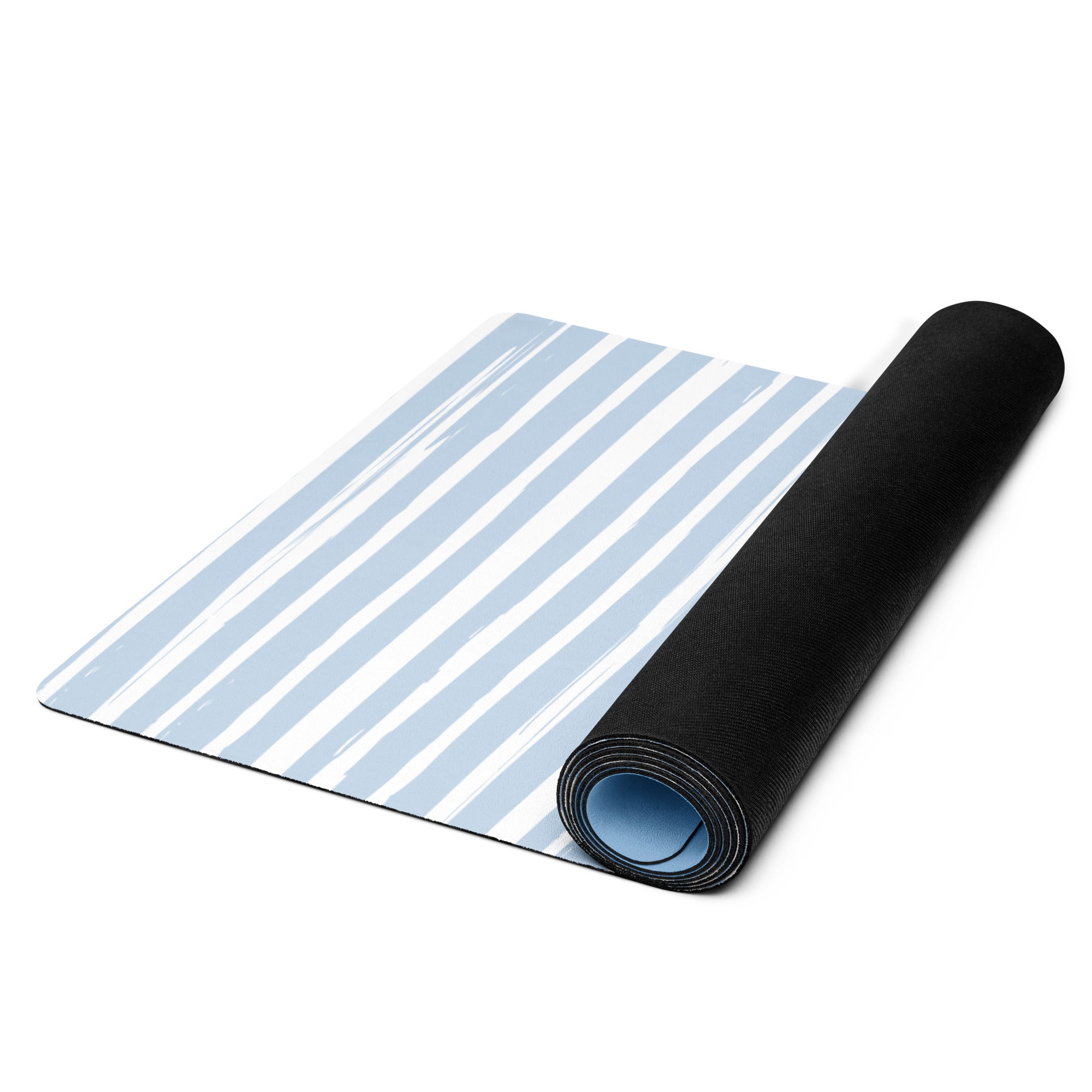
Benefits of Using a Yoga Mat
There are several benefits to using a yoga mat during your practice. The first and most obvious benefit is the added cushioning and support that a yoga mat provides. This helps alleviate pressure on your joints and allows you to hold poses for longer periods without discomfort.
Additionally
A yoga mat provides traction and grip, preventing you from slipping and sliding during more challenging poses. This is especially important if you tend to sweat during your practice. The grip provided by a yoga mat ensures that you can maintain proper alignment and stability throughout your practice.
Furthermore, a yoga mat acts as a personal space for your practice. It delineates your area and provides a sense of ownership and boundary, which can be especially important in a group class setting. It also serves as a hygienic barrier between your body and the floor, preventing direct contact with any dirt, sweat, or germs that may be present.
Proper Usage of a Yoga Mat
Now that we understand the benefits of using a yoga mat, let’s delve into the proper usage and care of this essential yoga accessory.
Selecting the Right Yoga Mat
There are many different types of yoga mats available on the market, so it’s important to choose one that suits your specific needs. Consider factors such as thickness, material, texture, and portability. Thicker mats provide more cushioning, while thinner mats offer greater stability. Eco-friendly materials such as natural rubber or cork are also worth considering for those concerned about environmental impact. Additionally, a textured surface can provide better grip, especially for those who sweat heavily during practice.
Cleaning Your Yoga Mat
Regular cleaning is essential to maintain the hygiene and longevity of your yoga mat. After each practice, wipe down your mat with a damp cloth and a mild detergent to remove any sweat, dirt, or bacteria. For a deeper clean, you can use a specialized yoga mat cleaner or create your own cleaning solution using water and vinegar. Make sure to thoroughly dry your mat after cleaning to prevent mold and mildew growth.
Using Your Yoga Mat
When using your yoga mat, place it on a flat, clean surface, ensuring that there are no sharp objects or debris underneath that could damage the mat. The top surface of the mat typically provides better traction, so position it with the textured side facing up. During your practice, be mindful of where you place your hands and feet to maximize the grip provided by the mat. If you notice any signs of wear and tear, consider replacing your mat to maintain its effectiveness.
Storing Your Yoga Mat
Proper storage is crucial to maintaining the shape and condition of your yoga mat. Roll your mat with the top side facing outwards to prevent it from curling up. Avoid storing your mat in direct sunlight or extreme temperatures, as this can cause the material to degrade over time. Some yoga mats come with straps or bags for easy transport and storage, making it convenient to take your mat with you wherever you go.
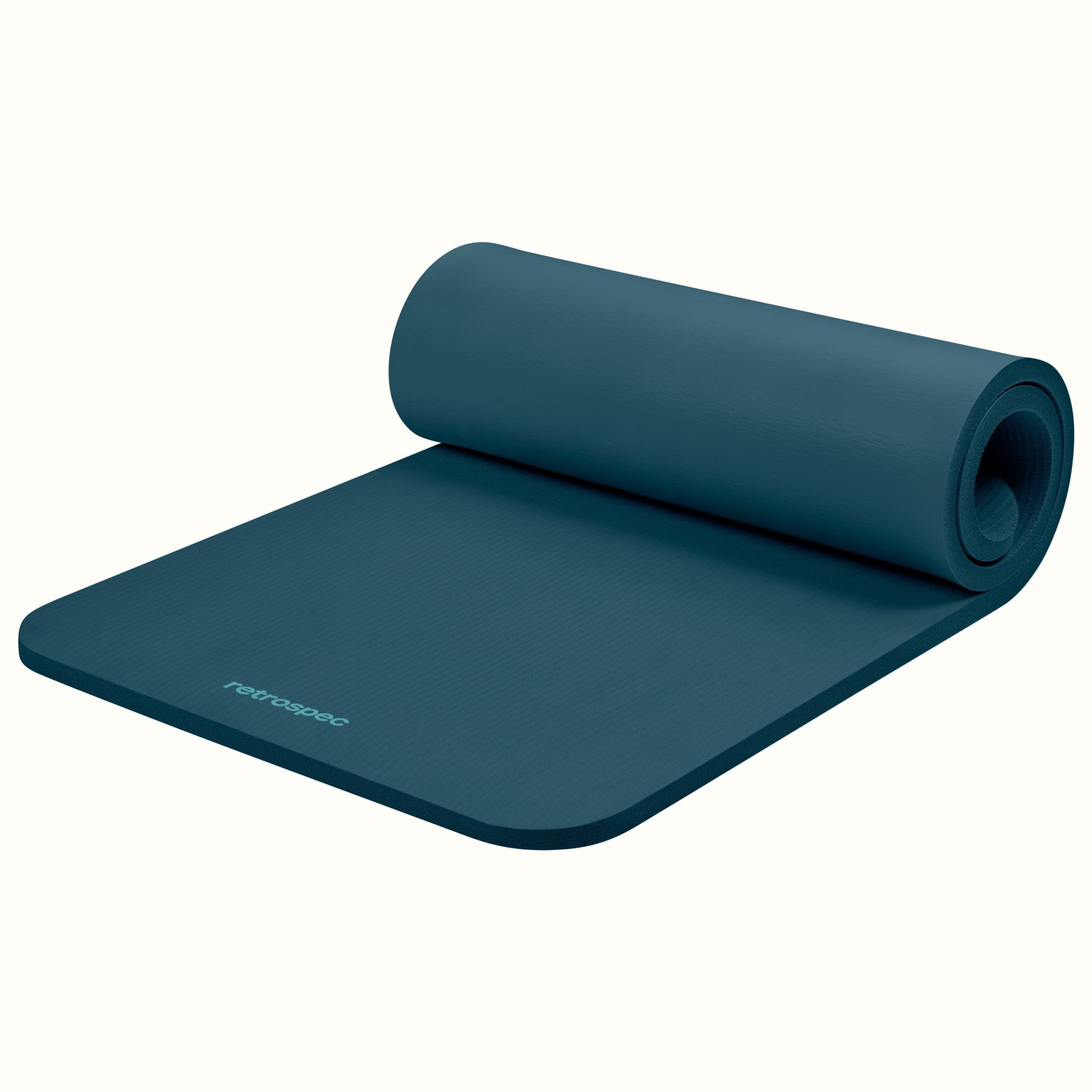
Conclusion
Maintaining a sticky yoga mat is essential for a safe and effective practice. By regularly cleaning your mat, using additional traction aids, and breaking in a new mat, you can ensure that your yoga mat provides the grip and stability you need for various yoga poses. With these tips, you can enhance the longevity and performance of your yoga mat, making each session enjoyable and beneficial. Remember, a sticky mat not only supports your practice but also promotes safety and mindfulness on the mat.
